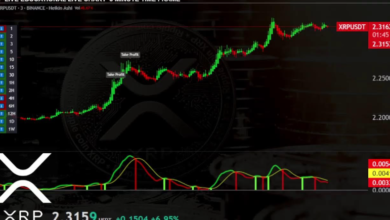
Someone’s Still Calling: 5032931945
The number 503-293-1945 has emerged as a notorious figure in the realm of spam calls. Many individuals find themselves grappling with the persistent nature of these unsolicited communications. Reports indicate a pattern of automated messages and aggressive pitches, raising questions about the tactics employed by telemarketers. As the frequency of such calls escalates, the implications for personal privacy and consumer trust become increasingly concerning. What lies behind the relentless ringing of this number?
The Origins of 503-293-1945
Although the number 503-293-1945 might seem like just another sequence of digits, its origins reveal a deeper narrative tied to the telecommunications landscape of the Pacific Northwest.
Call history suggests a connection to various local exchanges, while number tracing indicates its use by multiple individuals over time.
This complexity illustrates how seemingly mundane numbers can embody intricate stories within the broader context of communication networks.
Experiences of Those Who Answered
What happens when one answers a call from 503-293-1945? Individuals share personal anecdotes revealing a mix of curiosity and frustration.
Many report automated messages or aggressive sales pitches, prompting inquiries into caller motivations. Some speculate about the intention behind these persistent calls, questioning the balance between legitimate outreach and intrusive tactics.
The experiences highlight a growing concern over unsolicited communication in today’s digital landscape.
The Impact of Spam Calls on Privacy
As the frequency of spam calls continues to rise, individuals find themselves grappling with significant implications for their privacy.
Privacy concerns intensify as personal information becomes vulnerable to misuse. The relentless nature of these calls can lead to anxiety and distrust, prompting individuals to reconsider their communication choices.
Ultimately, the increasing call frequency challenges the foundational right to privacy, leaving many feeling exposed and powerless.
Telemarketing Tactics in the Digital Age
The rise of spam calls has prompted a closer examination of telemarketing tactics employed in the digital age. Cold calling remains prevalent, yet digital marketing techniques are increasingly utilized to target potential customers more effectively.
These tactics exploit data analytics and social media platforms, raising concerns about privacy and consumer autonomy. Understanding these methods is essential for individuals seeking to protect their personal information and freedom.
Conclusion
In a world where connectivity fosters relationships, the omnipresence of spam calls like those from 503-293-1945 erodes trust and peace of mind. While technology enables instant communication, it simultaneously invites relentless intrusions into personal lives, creating a paradox of accessibility and vulnerability. As individuals grapple with the duality of convenience and invasion, the call for enhanced consumer protection becomes ever more urgent, prompting society to reconsider the balance between innovation and privacy in an increasingly digital landscape.




